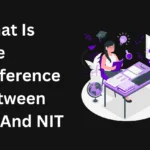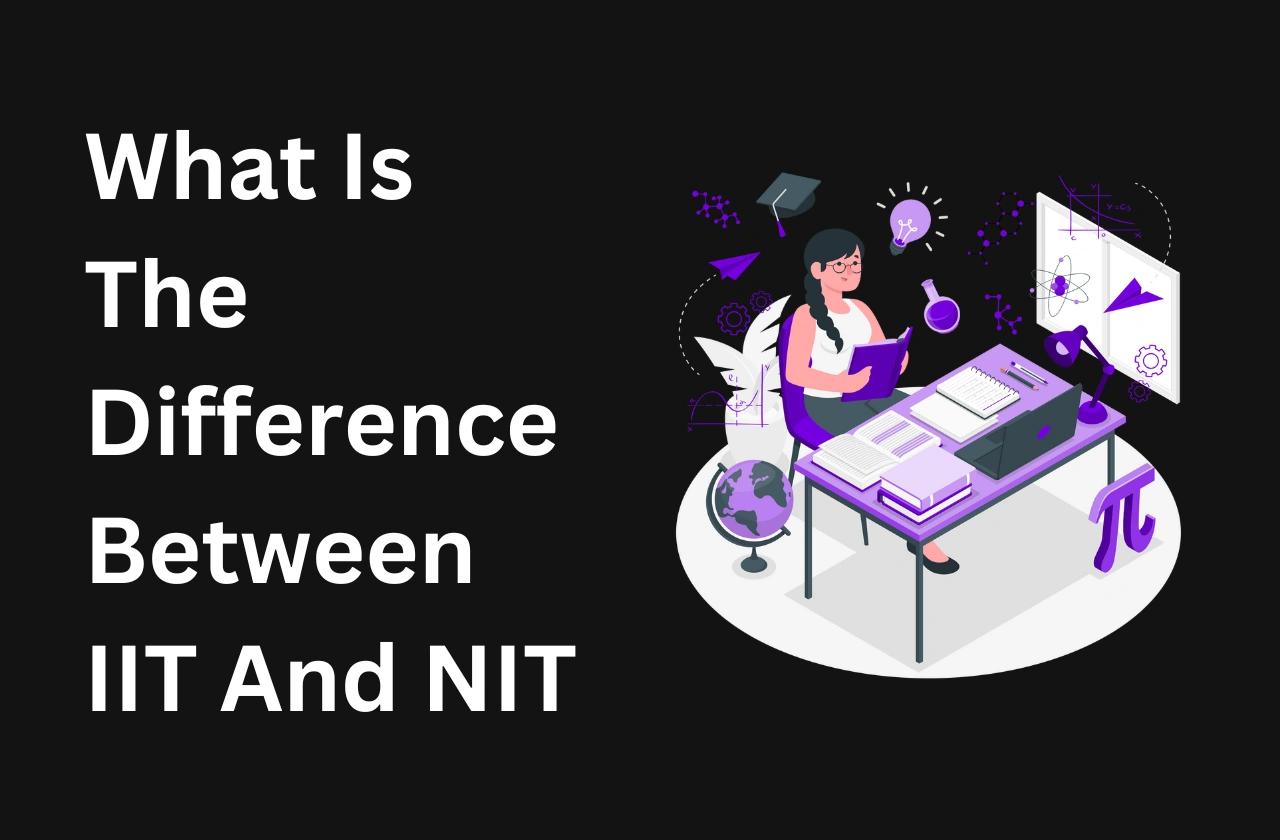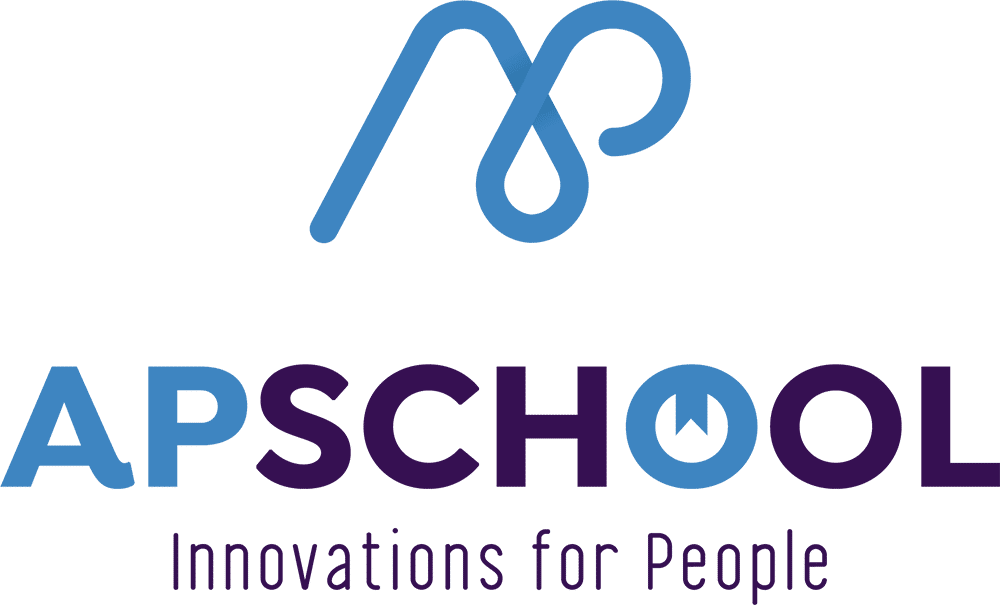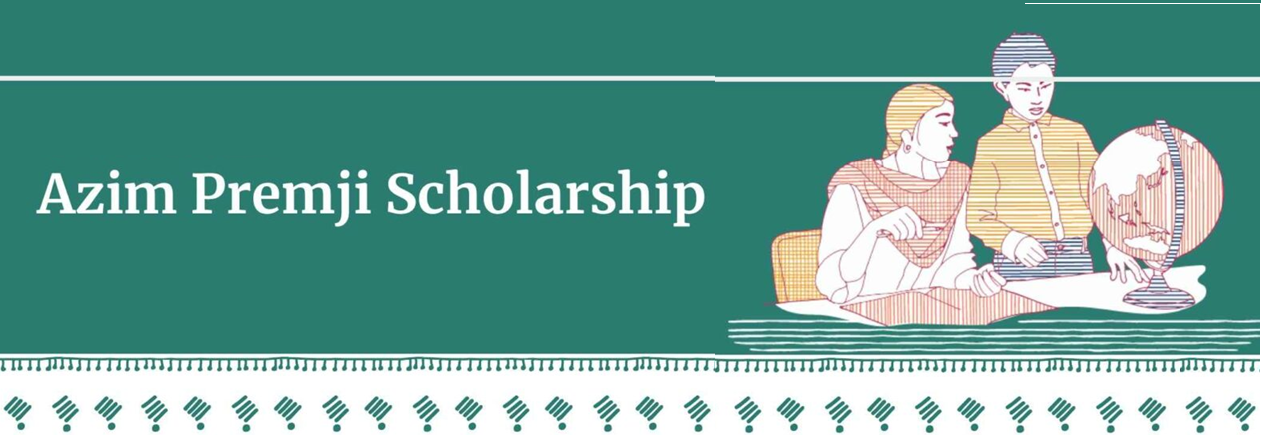CRC, a looming acronym across the Indian education landscape, has captured quite a significant premise. On this large ground lie Cluster Resource Centre and Cumulative Record Card; the implementation of both could not have come at a better time to boost quality and student improvements in India. A rare glimpse from the inside, all about the functioning, as well as the best and worst characteristics, of the CRC.
Cluster Resource Centre (CRC)
Definition and Origin
A cluster resource centre (CRC) is an institutional body designed to provide academic, administrative, and technical assistance to a number of schools in a particular geographical location or cluster. A cluster usually includes around five to ten schools located in the neighborhood. The CRCs came about mainly in the early 1990s under the District Primary Education Programme (DPEP) launched in 1994, and their responsibilities expanded even further with the commencement of Sarva Shiksha Abhiyan (SSA) in 2001 that aimed for universal elementary education, including teacher training and academic support.
Objectives of CRCs
CRCs aim to:
- Enhance Educational Quality: By providing continuous professional development and support to teachers, CRCs strive to improve teaching methodologies and learning outcomes.
- Facilitate Resource Sharing: They act as hubs for distributing educational materials and resources among schools within the cluster, ensuring equitable access.
- Monitor and Evaluate: CRCs oversee the implementation of educational programs, assess student performance, and ensure adherence to educational standards.
Key Functions of CRCs
Teacher Training and Support
- Professional Development: CRCs organize workshops and training sessions focusing on innovative teaching methodologies, curriculum implementation, and subject-specific pedagogy. These initiatives help teachers stay updated with the latest educational practices.
- Mentorship: Experienced educators at CRCs provide mentorship to teachers, offering guidance on classroom management, lesson planning, and addressing diverse student needs.
Resource Distribution
- Educational Materials: CRCs ensure that schools within the cluster receive necessary textbooks, teaching aids, and digital resources, promoting a uniform standard of education.
- Infrastructure Support: They assist in the maintenance and provision of essential infrastructure, such as laboratory equipment and library resources.
Monitoring and Evaluation
- School Visits: CRC coordinators conduct regular visits to schools to observe classroom practices, assess the effectiveness of teaching strategies, and provide constructive feedback.
- Data Collection: They gather data on student attendance, academic performance, and other relevant metrics to inform policy decisions and identify areas needing improvement.
Community Engagement
- Parental Involvement: CRCs encourage active participation of parents in the educational process, fostering a collaborative environment for student development.
- Local Partnerships: They build partnerships with local organizations and stakeholders to support various educational initiatives and programs.
Impact of CRCs on Education
CRCs have significantly contributed to:
- Improved Teaching Practices: Through continuous professional development, teachers are better equipped with effective teaching strategies, leading to enhanced student learning experiences.
- Resource Optimization: By facilitating the sharing of resources, CRCs ensure that even schools in remote areas have access to quality educational materials.
- Enhanced Monitoring: Regular assessments and evaluations help in maintaining educational standards and identifying areas for intervention.
- Community Involvement: Engaging the community has led to increased accountability and support for educational initiatives.
Cumulative Record Card (CRC)
Definition
The Cumulative Record Card (CRC) is a comprehensive document that records a student’s academic journey from the time they enter school until they leave. It encompasses various aspects of a student’s development, including academic achievements, health records, attendance, co-curricular activities, and personal traits.
Objectives of Cumulative Record Cards
The primary objectives of CRCs are to:
- Provide a Holistic View: Offer a complete picture of a student’s progress and development over time.
- Facilitate Guidance: Serve as a tool for teachers and counselors to understand a student’s strengths and areas needing improvement, aiding in personalized guidance.
- Inform Decision-Making: Assist in making informed decisions regarding promotions, awards, and interventions.
Key Components of a Cumulative Record Card
Identifying Information
- Student’s name, date of birth, admission number, and other personal details.
Academic Performance
- Records of grades, test scores, and overall academic achievements across subjects and terms.
Attendance Record
- Detailed logs of attendance, including days present, absent, and reasons for absence if applicable.
Health Information
- Medical history, immunization records, and notes on any health issues that may affect learning.
Co-Curricular Activities
- Participation in sports, arts, clubs, and other extracurricular engagements.
Behavioral Observations
- Notes on conduct, social interactions, and behavioral traits observed by teachers.
Teacher Remarks
- Personalized comments from teachers providing insights into the student’s progress, strengths, and areas for improvement.
Importance of Cumulative Record Cards
CRCs play a vital role in:
- Continuous Assessment: Allowing for ongoing evaluation of a student’s development, facilitating timely interventions.
- Personalized Education: Enabling educators to tailor instruction and support based on individual student profiles.
- Parental Communication: Serving as a communication tool between the school and parents, keeping them informed about their child’s progress.
- Future Planning: Assisting in career guidance and planning by providing a comprehensive overview of a student’s abilities and interests.
Challenges in Implementing Cumulative Record Cards
Despite their benefits, CRCs face certain challenges:
- Data Accuracy: Ensuring that all information is accurately and consistently recorded requires diligence from educators.
- Privacy Concerns: Maintaining the confidentiality of student information is paramount, necessitating secure handling of records.
- Resource Intensive: The process of maintaining detailed records can be time-consuming and may require additional resources.
Conclusion
In the Indian educational scenario, the acronym “CRC” denotes both Cluster Resource Centers and Cumulative Record Cards, each of which can be said to have a far-reaching significance especially with an inherent goal of enhancing quality education and pupil development. While Cluster Resource Centers focus on backing schools for resource distribution, teacher training, and monitoring, raising the up-level effects of the cluster’s education cumulatively, the Cumulative Record Cards offer a complete profile of their educational journey. This specific information into the growth process can assist in devising a personalized curriculum, while information in these cards can be helpful to all stakeholders in making decisions. The CRCs exist, so as to enhance the entire educational system in India, with educators and the students properly equipped for success.











